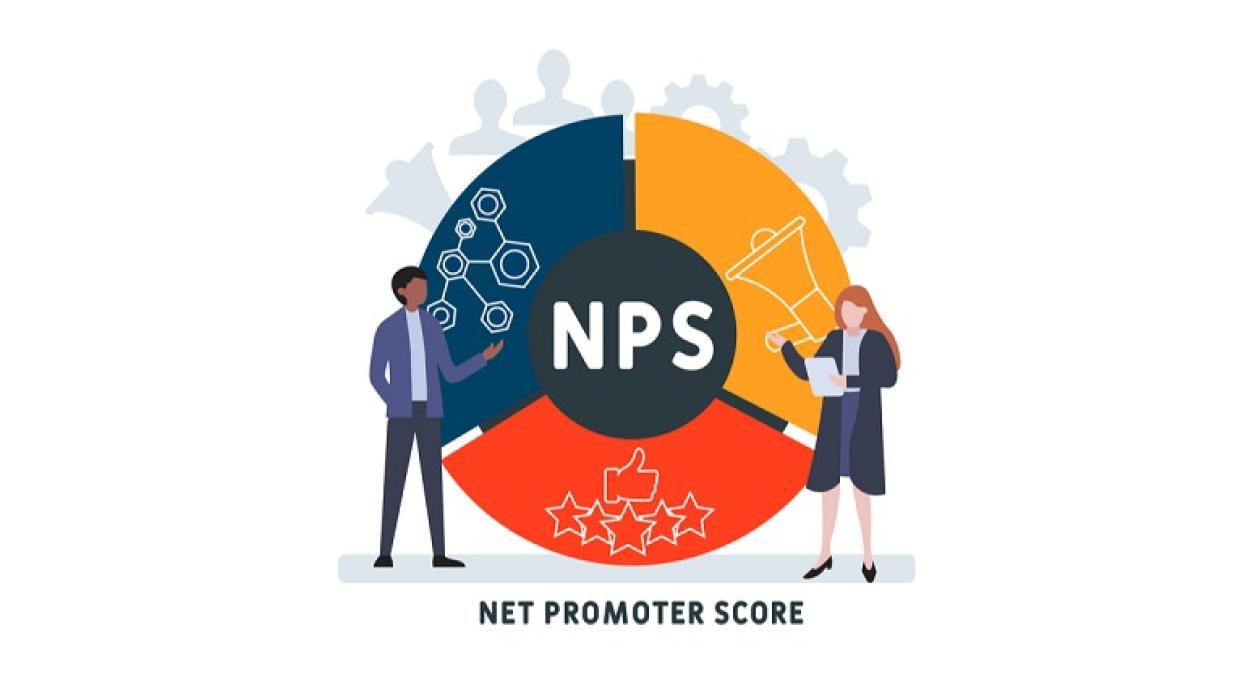If you have any good sense about your products and services, you will know just how important it is to learn your customer satisfaction. Also known as NPS (Net Promoter Score) this handy tool has been used by businesses all over the world to get a clear understanding of what their customers feel about them.
But eNPS is another stage of this process and in eNPS we are discovering more about our employees and just how satisfied they are. This simple and easy engagement tool is very similar to the NPS measurements but also the information provided from it enhances the day-to-day workflow of your team.
By using this information your employees become more productive because there is less standing in their way. This, amongst other things, is just one of the many benefits that eNPS brings to the productivity analysis of your organisation.
In this guide we are going to learn more about eNPS, the benefits of using it, how to calculate eNPS and also understand what is actually considered a good Employee Net Promoter Score.
What is eNPS?
Employee Net Promoter Score or eNPS for short is a feedback metric used to score how likely it is your employee would recommend your organisation as a good place to work.
It is done by asking employees a simple question; On a scale of 0-10, how likely are you to recommend [company name] as a place to work?
As employees are different from customers from an NPS score, there has been criticism that this kind of question will miss many of the subtle nuances that are going to be on the minds of employees about their place of work. They have invested time as well as financial and emotional resources into the organisation, one question can’t cover all of the different things they may think of when scoring it.
That is why scoring has an index which better qualifies your employees eNPS. Based on the score given, your employees will either be:
- Promoters
- Neutrals
- Detractors
We will look at this scoring and what it means in more detail later in the guide.
Benefits of using the eNPS?
Naturally, using this system will provide benefits, these include:
- It helps to assess loyalty: As you will come to see, the score denotes how someone feels about recommending the business and in turn will place them as either a promoter or a detractor of the organisation.
- It helps to understand staff satisfaction: the premise is to see what value they are giving the organisation to others which must reflect their own experiences.
- It helps to determine levels of engagement: Just like satisfaction and loyalty, it gives an indication of how engaged they are within the organisation.
- Helps drive productivity: Based on the answers given, you can begin to see if there's a pattern in a department or elsewhere to then drive other measures to help boost productivity.
- Helps to raise staff retention and minimise churn: just like productivity, by seeing where there could be issues they can be better resolved and in turn, help maintain staff as there are less barriers for them to work through.
- It’s an easy metric to work with: It’s just one question, one score, with little room for error and makes it easy to track over time.
- It doesn’t take long: for the questioner or the respondent. You’re not spending hours, days or weeks to think up questions, and it’s ideal as a pulse survey to gauge employee reaction.
- Most people are familiar with satisfaction surveys: You don’t need training on how to answer them, most of this is familiar to people.
- Less survey fatigue = higher participation rate: Unlike other surveys which take a lot of time and thought, this takes barely any time to answer, so more employees are inclined to do it.
- It’s budget friendly: You can easily send an eNPS (and reminders) via your company’s preferred communication channel.
- There’s a neat parallel with NPS: It can be appealing to have similar metrics for your customer and employee experience.
How to calculate eNPS
As previously described, the eNPS survey is based on one question; On a scale of 0-10, how likely are you to recommend [company name] as a good place to work?
The answers to this question are then scored against a criteria which categorises each respondent into, Promoters, Passives or Neutrals and Detractors.
- Promoters - score 9 to 10
- Passives or Neutrals - score 7 to 8
- Detractors - score from 0 to 6
Promoters
Promoters are the employees that refer the company to friends and family as a great place to work and are highly engaged. They will speak about the organisation to most of the people they encounter. They are happy with how things work and have little to very few complaints and are mainly viewed as high performers who want to fuel the growth of the company, and their score is either nine or ten.
Passives
These people are neither engaged or disengaged, they are just satisfied with their job but may have some minor issues with the company culture. They would not be the people talking about the company at parties or social gatherings, but they are equally not going to dissuade others from joining the organisation. Their eNPS score is either seven or eight.
Detractors
These are the employees who can hinder the growth of the company. It is against their interest to promote the business and have open negative views about its functioning. These employees are actively disengaged and have an eNPS score between zero and six. Their dissatisfaction can often reflect in their work and affect company productivity.
To be able to calculate your company eNPS, you must first remove the Passives. Subtract the percentage of Detractors from the percentage of Promoters.
Therefore, your eNPS score = %Promoters - %Detractors
Based on this scoring principle it would mean that if there were 0% Promoters and 100% Detractors - the score would be -100% (not good). The score therefore ranges from -100 to +100.
Here’s another example of how the scoring works:
- 50% of those surveyed were Promoters
- 30% were neutral (not used in the final calculation)
- 20% were Detractors
- eNPS is therefore: 50 - 20 = 30
What’s considered a good Employee Net Promoter Score?
It goes without saying that as someone responsible for understanding how satisfied an employee is with their place of work - enough to either promote or detract from it with friends, peers and even family members, you would want to know what would be considered a good Employee Net Promoter Score.
There is a school of thought that puts any score between 10 and 30 as good and that any score over 50 would be considered excellent. However, it must be noted that any scores which are taken must also be in relation to previous scores and thus reflecting how things are developing.
It may be the case that when you complete your first eNPS it’s not good enough to truly know where your employees are in terms of recommending your organisation. Take these surveys regularly, once a quarter or twice a year to build a better understanding and identity of how well you are doing for your employees.
In summary
Assessments can be a powerful tool when used correctly. For example, the Thomas assessment suite helps to identify candidates and employees who may have the right behaviour, aptitudes or even emotional intelligence to best carry out their roles.
The eNPS assessment is designed to score how likely it is your employee would recommend your organisation as a good place to work. Are your workforce really happy? Would they be more likely to promote or rally against you publicly? The eNPS will go on to help you get a better understanding of this and help provide you with a clearer picture of how motivated your employees are.




